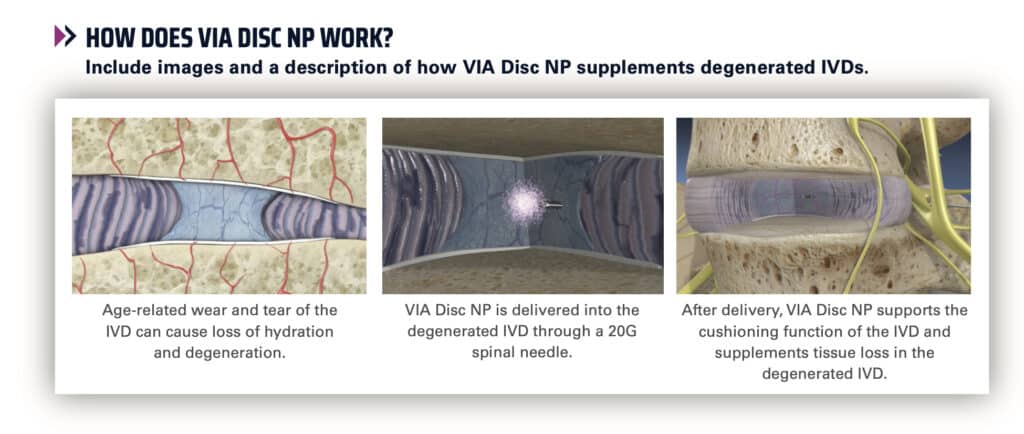Coflex
LUMBAR SPINAL STENOSIS
Lumbar spinal stenosis (LSS) is a narrowing of the spinal canal in the lower back. Individuals who have LSS experience intense back pain and occasional weakness or numbness in their back and legs and are often unable to walk for long periods of time.
TREATMENT OPTIONS
In some cases, the pain associated with spinal stenosis can be controlled via non-surgical options. When treating a new patient, doctors may prescribe pain medication or injections, chiropractic care, physical therapy, or massage to relieve the pain. In many cases, these methods are simply not enough to fix the problem.
DEVICE AND PROCEDURE
For decades, LSS patients’ surgical options were limited to either decompression or decompression with spinal fusion. In 2012, the FDA approved the coflex® spinal implant, which is a small, U-shaped titanium device that provides spinal stability without the mobility loss associated with spinal fusion.
RECOVERY
Three out of four coflex® patients in a clinical study left the hospital within 24–48 hours after surgery, compared to one out of three fusion patients.* For all coflex® patients in the clinical study, the hospital stay was less than a week. In some cases, the surgeon may elect to perform a decompression using the coflex® device at a surgery center, which means that some patients will not require a hospital stay.1
FDA TESTED AND APPROVED
The coflex® procedure was studied and compared to pedicle screw fusion surgery after decompression in a FDA clinical trial. The coflex® patients outperformed fusion patients in all clinical measurements!*
SURGICAL PROCEDURES

